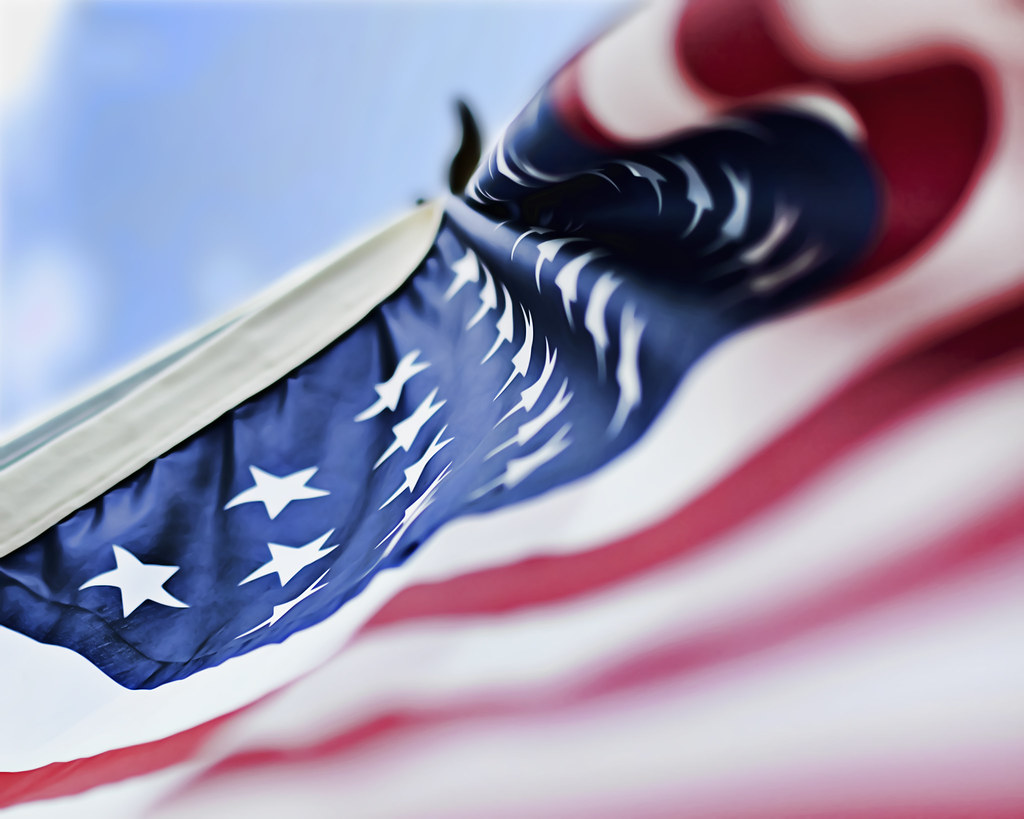
The United States Navy, often operating beyond our immediate sight, stands as a formidable force, a linchpin of global security and a testament to strategic evolution. Its influence extends far beyond mere maritime patrols, touching upon everything from international trade routes to geopolitical stability. Understanding an institution of this magnitude might seem daunting, but like any complex system, it can be broken down into understandable components and key historical developments.
This article aims to provide a clear, actionable guide—a ‘lifehacker’s’ approach, if you will—to grasping the immense power, purpose, and intricate history of the U.S. Navy. We’ll strip away the jargon and delve into the critical milestones and core principles that have shaped it into the world’s most powerful navy. Prepare to unlock a deeper appreciation for the forces that safeguard national interests and project influence across the globe.
From its humble beginnings to its current status as a blue-water navy capable of projecting force onto littoral regions and responding rapidly to crises, the journey of the U.S. Navy is one of continuous adaptation and unwavering commitment. By examining its origins, pivotal conflicts, periods of transformation, and fundamental objectives, we can better comprehend its enduring strength and significance in the 21st century. Here’s a structured look at its foundational pillars.
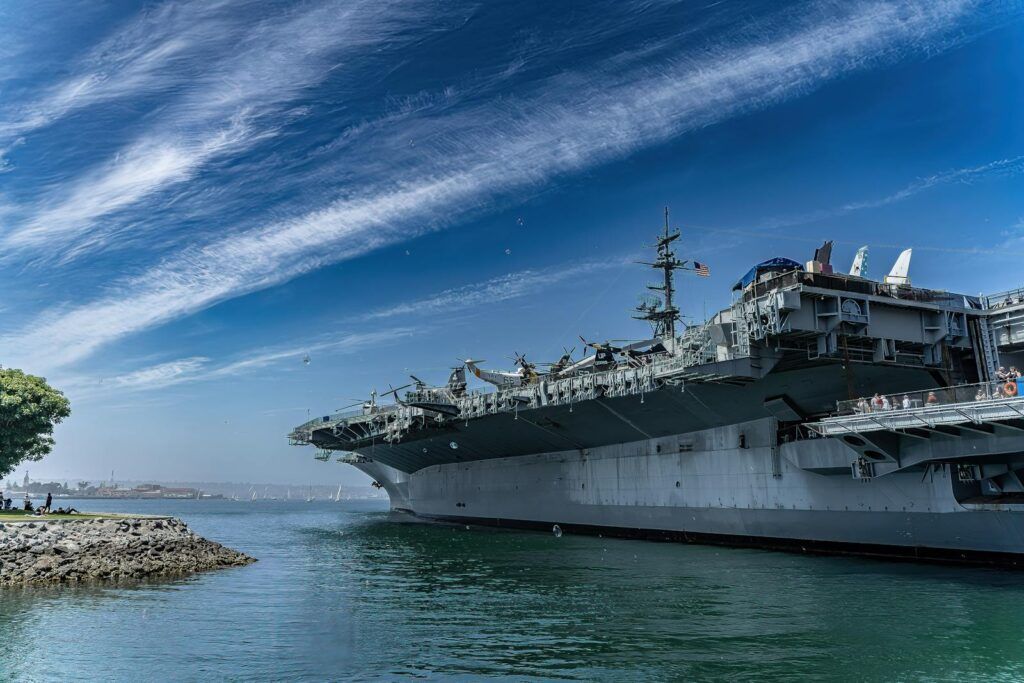
1. **The Genesis: From Continental Navy to Re-establishment**To truly grasp the U.S. Navy’s resilience, we must look to its very inception, rooted deeply in the colonial seafaring tradition. On October 13, 1775, the Continental Congress authorized the purchase of two vessels for a cruise against British merchantmen, marking what is considered the first establishment of the U.S. Navy. This nascent force, born out of the American Revolutionary War, showcased early successes in engagements and raiding British merchant vessels. However, facing a lack of funds to maintain its ships or support a navy, the Continental Navy was effectively disbanded by August 1785.
The absence of a naval force, however, proved to be a critical vulnerability. For nearly a decade, U.S. maritime merchant ships suffered repeated attacks by the Barbary pirates, highlighting the urgent need for robust naval protection. This dire situation led Congress to pass the Naval Act of 1794, which formally established a permanent standing navy on March 27, 1794. This act was a pivotal moment, ordering the construction and manning of six heavy frigates, among which USS United States, USS Constellation, and USS Constitution were the first three brought into service by October 1797.
This re-establishment underscored a vital lesson: a nation dependent on maritime trade requires a strong naval defense. John Adams, often called “the father of the American Navy,” championed this cause, recognizing the strategic imperative of a formidable naval presence. The transition from a temporary Continental Navy to a permanent U.S. Navy was not merely a bureaucratic change but a profound acknowledgment of naval power as “the natural defense of the United States,” as Adams himself asserted. This early struggle for existence laid the groundwork for future expansion and enduring commitment.
The takeaway from this foundational period is clear: the U.S. Navy emerged not by accident, but from a strategic necessity to protect national interests and assert sovereignty. Its initial successes, subsequent disbandment due to fiscal constraints, and eventual re-establishment in response to direct threats demonstrated an early, pragmatic understanding of naval power’s role in national security. This cycle of challenge and response became a defining characteristic of its development.
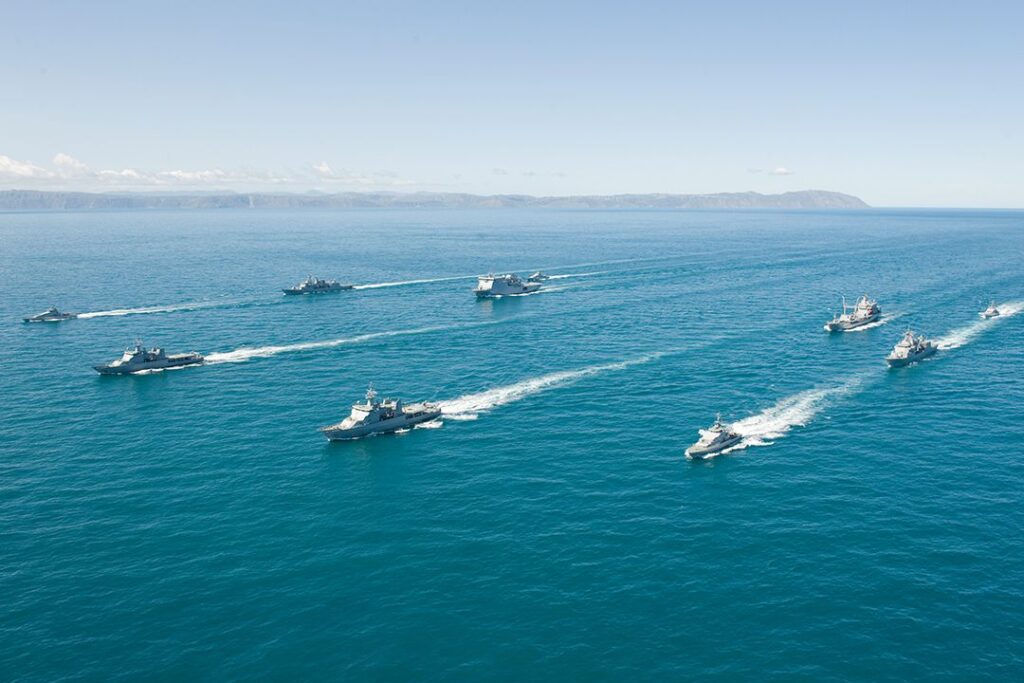
2. **Forging the Nation: Early Engagements and Growth**Following its re-establishment, the U.S. Navy quickly engaged in crucial operations that solidified its role in American foreign policy and national defense. From 1798 to 1799, it was involved in an undeclared Quasi-War with France, an important early test of its capabilities. Subsequently, in the First Barbary War (1801–1805), the Navy successfully defended U.S. ships from the Barbary pirates, blockading their ports and executing attacks against their fleets, effectively protecting American maritime commerce.
The War of 1812 saw the U.S. Navy engage in substantial actions against the Royal Navy, despite being a smaller force. Victories like the Battle of Lake Erie were strategically significant, preventing the region from becoming a threat to American operations and contributing to major land victories. While the Navy couldn’t entirely prevent British blockades, its performance demonstrated its growing prowess and defensive capabilities. After the war, its primary focus shifted to protecting American shipping assets globally, deploying squadrons to the Caribbean, Mediterranean (ending piracy in the region during the Second Barbary War), South America, Africa, and the Pacific.
Beyond direct conflict, the Navy took on critical humanitarian and diplomatic roles. From 1819 until the Civil War, the Africa Squadron operated to suppress the slave trade, seizing 36 slave ships. This highlights an early expansion of its mission beyond pure defense to addressing global humanitarian concerns. Simultaneously, the Navy played an instrumental role in the Mexican-American War, blockading Mexican ports, capturing or burning the Mexican fleet, and facilitating large-scale land operations in California.
A significant logistical achievement during this era was the U.S. military’s first large-scale amphibious joint operation, successfully landing 12,000 army troops with their equipment in one day at Veracruz, Mexico. Navy volunteers also landed and manned heavy guns to bombard and capture the city, paving the way for the eventual capture of Mexico City. This period also cemented the Navy’s role in foreign policy, exemplified by Commodore Matthew C. Perry’s expedition to Japan, which led to the Convention of Kanagawa in 1854, opening Japan to the West. These early actions established the Navy as an indispensable instrument of national power.
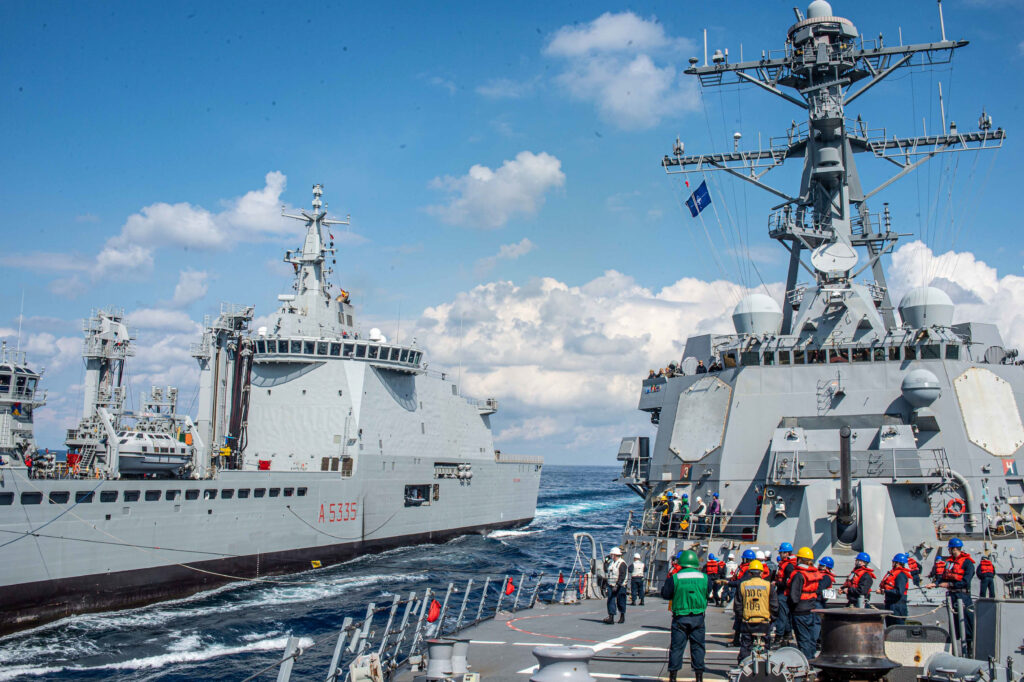
3. **Emergence as a Global Power: 20th Century Modernization and the Great White Fleet**The period following the American Civil War presented a significant challenge for the U.S. Navy. For two decades, its fleet was neglected and suffered from technological obsolescence, falling behind other major naval powers. However, a crucial modernization program initiated in the 1880s marked a turning point. This era saw the construction of the first steel-hulled warships, a development that not only transformed the Navy but also stimulated the American steel industry. This rebirth gave rise to what was proudly known as “the new steel navy.”
This rapid expansion bore fruit decisively in the Spanish-American War of 1898. The U.S. Navy achieved a resounding victory over the outdated Spanish Navy, earning new respect for American technical quality and naval prowess on the global stage. This success fueled further ambitions, leading to the rapid construction of pre-dreadnoughts and then dreadnoughts, bringing the U.S. Navy into direct competition with established naval powers like Britain and Germany. The strategic vision was clear: to build a navy capable of projecting power well beyond its own shores.
A dramatic demonstration of this burgeoning power occurred in 1907 with the circumnavigation of the world by most of the Navy’s battleships, accompanied by several support vessels, famously dubbed the Great White Fleet. Ordered by President Theodore Roosevelt, this 14-month mission was meticulously designed to showcase the Navy’s capability to extend its reach to the global theater, signaling America’s arrival as a major naval force. It was a potent message of deterrence and capability, asserting U.S. influence worldwide.
Further technological advancements marked this period, with the introduction of the first naval aircraft in 1911. This laid the groundwork for the informal establishment of the United States Naval Flying Corps, initially tasked with protecting shore bases. While formal naval aviation truly commenced in 1921, these early steps highlighted a forward-thinking approach to naval warfare, integrating new technologies to enhance operational effectiveness. The early 20th century thus represents a transformative era, where the U.S. Navy evolved from a coastal defense force into a significant global naval power.
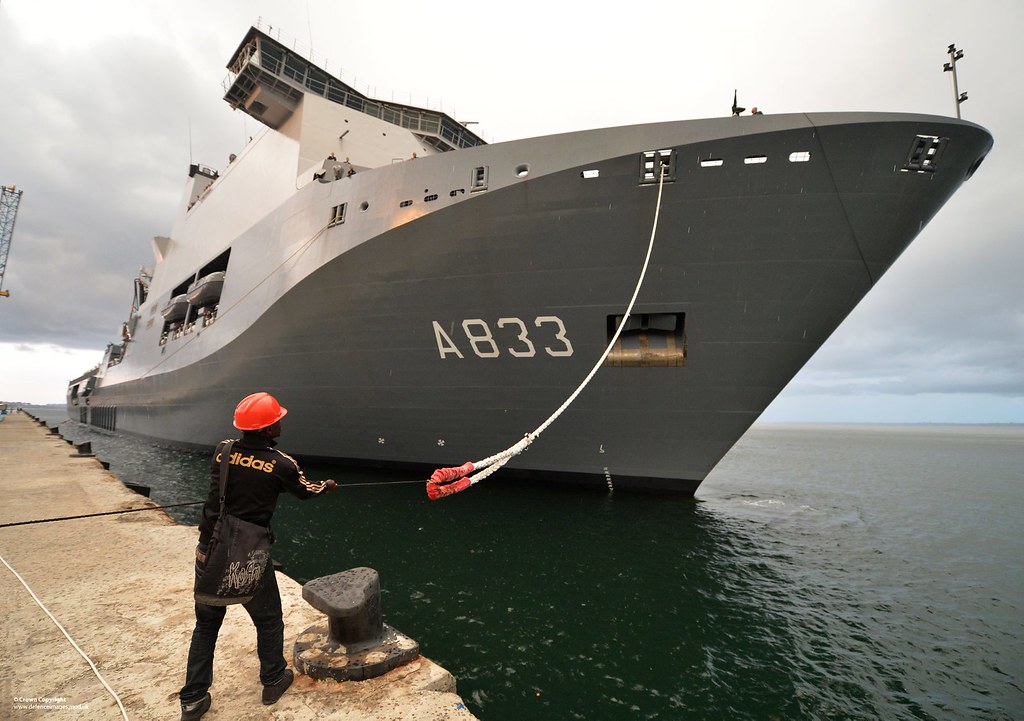
4. **World War Dominance: The U.S. Navy in WWI and Interwar Years**As the world plunged into World War I, the U.S. Navy played a critical, though initially restrained, role. Much of its resources were dedicated to protecting and shipping hundreds of thousands of soldiers and marines of the American Expeditionary Force (AEF) and vital war supplies across the Atlantic. This monumental task involved navigating U-boat infested waters, primarily handled by the Cruiser and Transport Force, and undertaking extensive anti-submarine operations with destroyers and U.S. Naval Air Force units like the Northern Bombing Group. The Navy also concentrated on laying the North Sea Mine Barrage, a massive undertaking to curb German submarine activities.
Despite initial hesitation from senior command, naval forces were eventually contributed in late 1917, with Battleship Division Nine dispatched to Britain. Serving as the Sixth Battle Squadron of the British Grand Fleet, its presence allowed the British to reallocate crews from older ships to smaller, more agile vessels, augmenting the Allied effort. The experience of WWI, particularly the logistical challenges and the threat of submarine warfare, highlighted the need for a continuously growing and modernized naval force. The strength of the United States Navy expanded significantly under an ambitious shipbuilding program associated with the Naval Act of 1916, reflecting a clear commitment to naval power.
The interwar years, however, presented new complexities. Naval construction, especially of battleships, faced limitations imposed by the Washington Naval Conference of 1921–22, the first arms control conference in history. This treaty, while constraining battleship numbers, ironically spurred innovation in other areas. Notably, aircraft carriers like USS Saratoga (CV-3) and USS Lexington (CV-2) were built on the hulls of partially constructed battle cruisers that had been canceled by the treaty, demonstrating a clever adaptation to new rules and anticipating the future of naval warfare.
Franklin Roosevelt, who had served as the number two official in the Navy Department during World War I, became a strong supporter of the Navy during his presidency. Under his leadership and through Public Works Administration funds from the New Deal, new warships like USS Yorktown (CV-5) and USS Enterprise (CV-6) were built. By 1936, with the completion of USS Wasp (CV-7), the U.S. Navy possessed a formidable carrier fleet, albeit nominally recorded lower to comply with treaty limitations. This period fostered an environment of eagerness for innovation, experimentation with new technologies like magnetic torpedoes, and the development of strategic plans like War Plan Orange, all laying the groundwork for the impending global conflict.

5. **The Apex of Power: World War II and the Birth of Carrier Warfare**The years leading up to World War II saw the U.S. Navy grow into an incredibly formidable force, with battleship production restarting in 1937, commencing with USS North Carolina (BB-55). Japan, viewing this growing power as a strategic threat, attempted to neutralize it with the surprise attack on Pearl Harbor on December 7, 1941. Although ultimately unsuccessful in crippling the U.S. Navy long-term, the attack destroyed or severely damaged a significant number of battleships, inadvertently shifting the burden of retaliation and the future of naval doctrine onto the remaining, smaller number of aircraft carriers.
Following America’s entry into the war, the U.S. Navy expanded tremendously, faced with a two-front war across vast oceans. It achieved notable acclaim in the Pacific Theater, where its evolving carrier-based strategies were instrumental to the Allies’ successful “island hopping” campaign. The Navy participated in many significant battles, including the Battle of the Coral Sea, the Battle of Midway, the Solomon Islands Campaign, the Battle of the Philippine Sea, the Battle of Leyte Gulf, and the Battle of Okinawa. These engagements proved the decisive power of naval air superiority and amphibious operations.
By 1943, the sheer scale of the U.S. Navy was staggering, surpassing the combined fleets of all other combatant nations in World War II. Its growth continued relentlessly, adding hundreds of new ships, including 18 aircraft carriers and 8 battleships, by war’s end in 1945. At its peak on V-J Day in August 1945, the U.S. Navy was operating an astonishing 6,768 ships. This immense naval power constituted over 70% of the world’s total numbers and tonnage of naval vessels of 1,000 tons or greater, firmly establishing the U.S. Navy as the dominant maritime force.
A profound doctrinal shift occurred during this period. Historically, naval powers like Great Britain and Germany had favored concentrated groups of battleships as their main offensive weapons. However, the devastating effectiveness of aircraft carriers, demonstrated by the Japanese at Pearl Harbor and subsequently by the U.S. in the Pacific, irrevocably changed U.S. naval thinking. The carrier emerged as the primary capital ship, reshaping naval strategy for decades to come. This era saw some 4,000,000 Americans serve in the United States Navy, marking it as a period of immense sacrifice and transformation.
Read more about: Inside the US Army’s 250th Anniversary Parade: Tanks, Logistics, and Spectacle on the National Mall
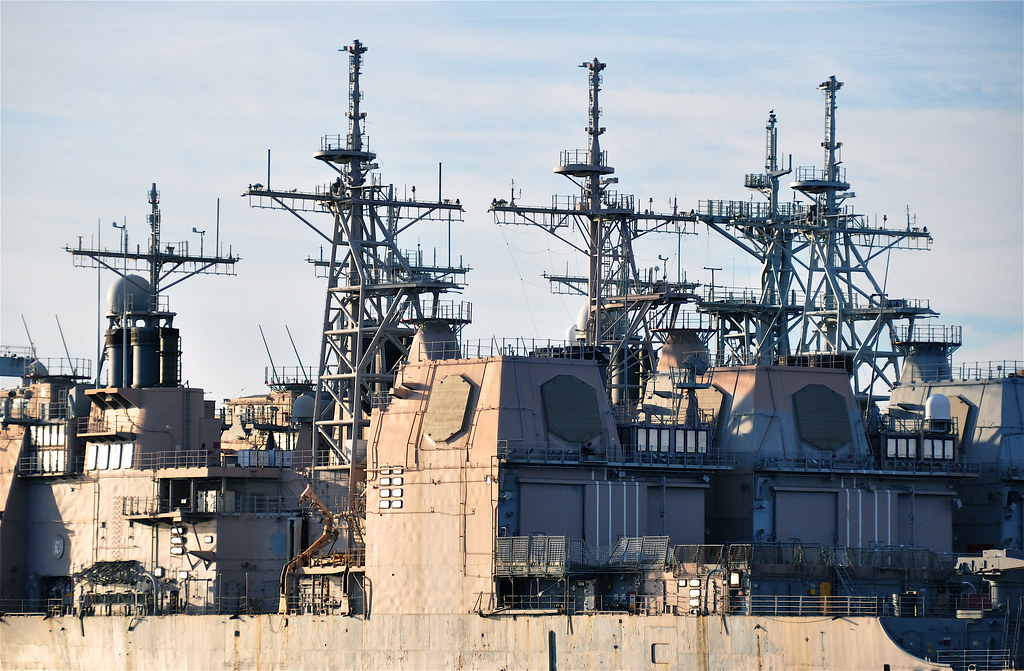
6. **Adapting to a New World: The Cold War and Post-Cold War Strategic Shifts**The dawn of the Cold War presented the U.S. Navy with a new and formidable challenge: the potential for armed conflict with the Soviet Union. This era pushed the Navy into an intense period of technological advancement, driving the development of sophisticated new weapons systems, advanced ships, and cutting-edge aircraft. U.S. naval strategy fundamentally changed, shifting towards forward deployment in support of U.S. allies, with a strong emphasis on the power and versatility of carrier battle groups. This approach ensured a persistent global presence and immediate readiness for response.
During this protracted period of geopolitical tension, the Navy was a major participant in key conflicts, including the Korean and Vietnam Wars, showcasing its capabilities in both conventional and unconventional warfare scenarios. A notable moment was its crucial role in blockading Cuba during the Cuban Missile Crisis, a decisive act that helped avert a potentially catastrophic nuclear confrontation. Furthermore, through the development and deployment of ballistic missile submarines, the Navy became an indispensable aspect of the United States’ nuclear strategic deterrence policy, providing an untouchable second-strike capability.
The post-Cold War era brought a new set of challenges and a further evolution in naval strategy. The focus shifted from preparations for large-scale conventional warfare with a peer adversary to addressing regional conflicts and combating asymmetric threats. The U.S. Navy conducted various combat operations in the Persian Gulf against Iran in 1987 and 1988, most notably Operation Praying Mantis, and was extensively involved in operations such as Urgent Fury, Desert Shield, Desert Storm, and Deliberate Force. These actions demonstrated its adaptability to diverse operational environments, from major conventional campaigns to targeted interventions.
Beyond direct combat, the U.S. Navy frequently engaged in critical search and rescue, and search and salvage operations. Examples include the complex search for missing hydrogen bombs after the 1966 Palomares B-52 crash incident, and Task Force 71 of the Seventh Fleet’s operation to find Korean Air Lines Flight 007 in 1983. These humanitarian and recovery missions underscore the Navy’s multifaceted role, extending beyond warfare to safeguard lives and national assets. The ability to pivot from global deterrence to regional intervention and emergency response highlights its dynamic nature and critical utility in an ever-changing world.
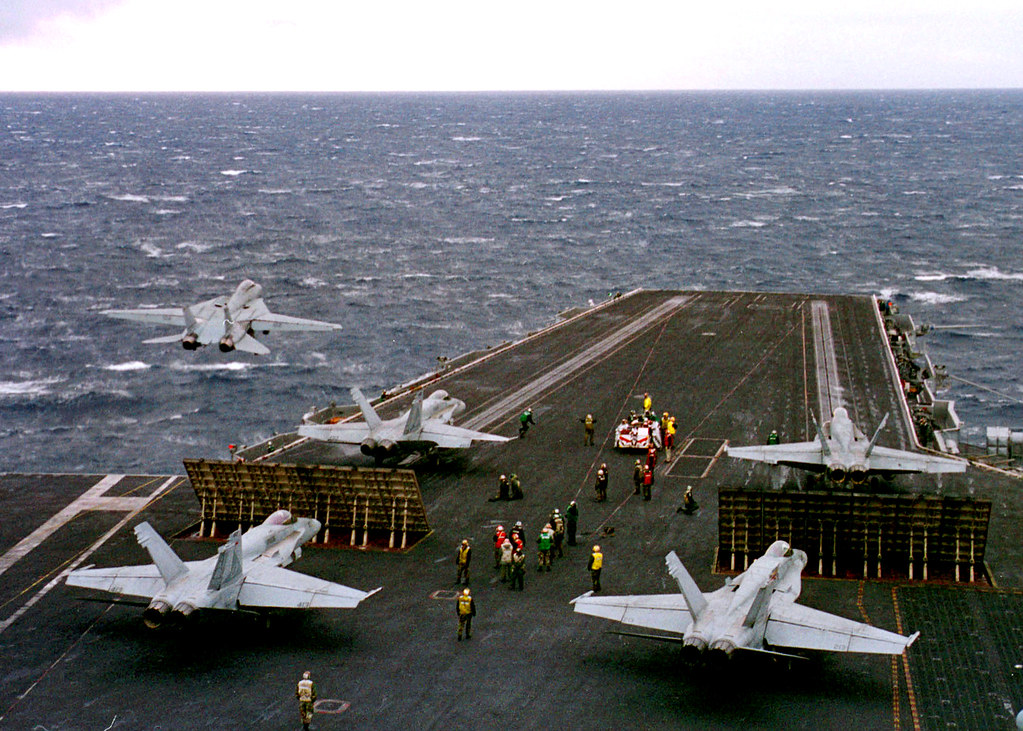
7. **The Modern Mandate: Mission Statement and Enduring Functions**To truly appreciate the contemporary relevance of the U.S. Navy, it is essential to understand its core mission and the enduring functions that guide its operations. The official mission statement of the United States Navy succinctly articulates its purpose: “To recruit, train, equip, and organize to deliver combat ready Naval forces to win conflicts and wars while maintaining security and deterrence through sustained forward presence.” This statement encapsulates the blend of readiness, strategic projection, and preventative security that defines the modern Navy.
This broad mission is further broken down into three primary areas of responsibility. First is “The preparation of naval forces necessary for the effective prosecution of war,” ensuring that every unit and sailor is poised for conflict. Second, it includes “The maintenance of naval aviation, including land-based naval aviation, air transport essential for naval operations, and all air weapons and air techniques involved in the operations and activities of the Navy,” highlighting the critical role of air power. Third, it encompasses “The development of aircraft, weapons, military tactics, technique, organization, and equipment of naval combat and service elements,” emphasizing continuous innovation and adaptation.
Beyond these responsibilities, the U.S. Navy operates within the broader context of the armed forces’ overall mission, which, according to U.S. Navy training manuals, is “to be prepared to conduct prompt and sustained combat operations in support of the national interest.” This foundational principle ensures that every action and strategic decision aligns with national objectives. It emphasizes readiness for immediate and prolonged engagement to protect American interests wherever they may be challenged.
The Navy’s strategy is also distilled into five enduring functions that define its operational contributions to national security: sea control, power projection, deterrence, maritime security, and sealift. Sea control involves asserting dominance over vital maritime areas, enabling safe passage for friendly forces and commerce. Power projection refers to the ability to deliver military force from sea to land, influencing events ashore. Deterrence uses the threat of military action to prevent adversaries from taking hostile steps. Maritime security encompasses protecting maritime domain from threats like piracy and terrorism, ensuring the safety of global shipping. Finally, sealift is the capability to transport military personnel and materiel by sea to support global operations. Together, these functions form the bedrock of the U.S. Navy’s global impact and its critical role in maintaining international order.
Navigating the complexities of the U.S. Navy is much like debugging a powerful piece of software – once you understand its architecture and operational flows, its true capability becomes clear. Having explored its rich history and foundational mission, we now pivot to the intricate workings of the modern Navy, deconstructing its current strategic posture, organizational layers, and the diverse human elements that power it. This next phase will empower you with a comprehensive understanding of how this formidable force operates today, ensuring you grasp its profound impact on global security.
Read more about: Beyond the Hull: Decoding the U.S. Navy’s Path Forward – A Deep Dive into Admiral Caudle’s Vision and the ‘USS’ Legacy
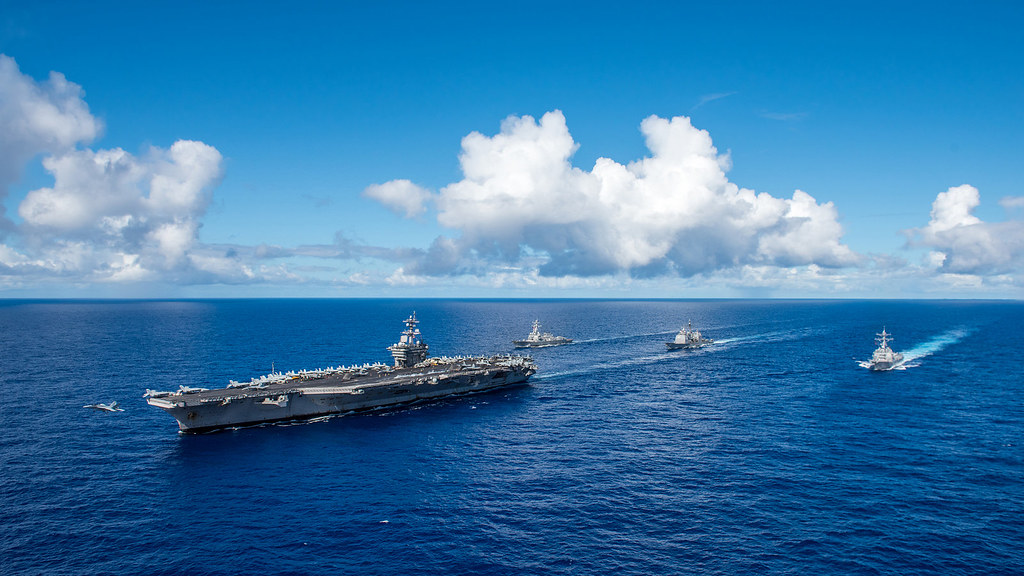
8. **Strategic Evolution in the 21st Century: Adapting to New Realities**The dawn of the 21st century ushered in a new era for the U.S. Navy, demanding a pivot from the Cold War’s large-scale conventional warfare preparations to agile responses for regional conflicts and asymmetric threats. This wasn’t merely a tactical shift; it was a fundamental re-evaluation of how naval power could best serve national interests in a rapidly changing geopolitical landscape. The Navy has been a major participant in critical operations like Enduring Freedom, Iraqi Freedom, and the ongoing War on Terror, demonstrating its adaptability in targeted strike missions and special operations.
Innovation continues at a relentless pace, with development focusing on advanced platforms like the Gerald R. Ford-class aircraft carriers and the versatile Littoral Combat Ship. These vessels are engineered to enhance the Navy’s ability to project force effectively into coastal regions and maintain a persistent global presence. This commitment to cutting-edge technology ensures that the U.S. Navy remains equipped to meet both current and future challenges, cementing its role as a principal means through which the U.S. safeguards global trade and protects allied nations.
A significant shift in naval planning was formalized in 2007 with the adoption of “A Cooperative Strategy for 21st Century Seapower.” This groundbreaking strategy, developed jointly with the U.S. Marine Corps and U.S. Coast Guard, elevated the prevention of war to the same philosophical level as its conduct. It underscored the Navy’s recognition of global economic interdependencies, emphasizing how regional crises, whether man-made or natural, could severely impact the U.S. economy and quality of life. The strategy charts a collective course for these services and international partners to prevent such crises or react swiftly to mitigate their negative effects.
The U.S. Navy has also strategically adapted to shifting global priorities, particularly with the U.S. policymaking focus on the Pivot to East Asia. Secretary of the Navy Ray Mabus stated in 2015 that 60 percent of the total U.S. fleet would be deployed to the Pacific by 2020, reflecting a clear commitment to address the challenges of an increasingly competitive international environment. This strategic repositioning, coupled with a 2016 30-year shipbuilding plan calling for a future fleet of 350 ships, and a provision in the 2018 National Defense Authorization Act pushing for 355 ships, underscores the Navy’s enduring commitment to maintaining global maritime security and dominance.
Read more about: The Unbreakable Bond: Why American Drivers Can’t Quit Their Pickup Trucks in an Evolving Automotive World
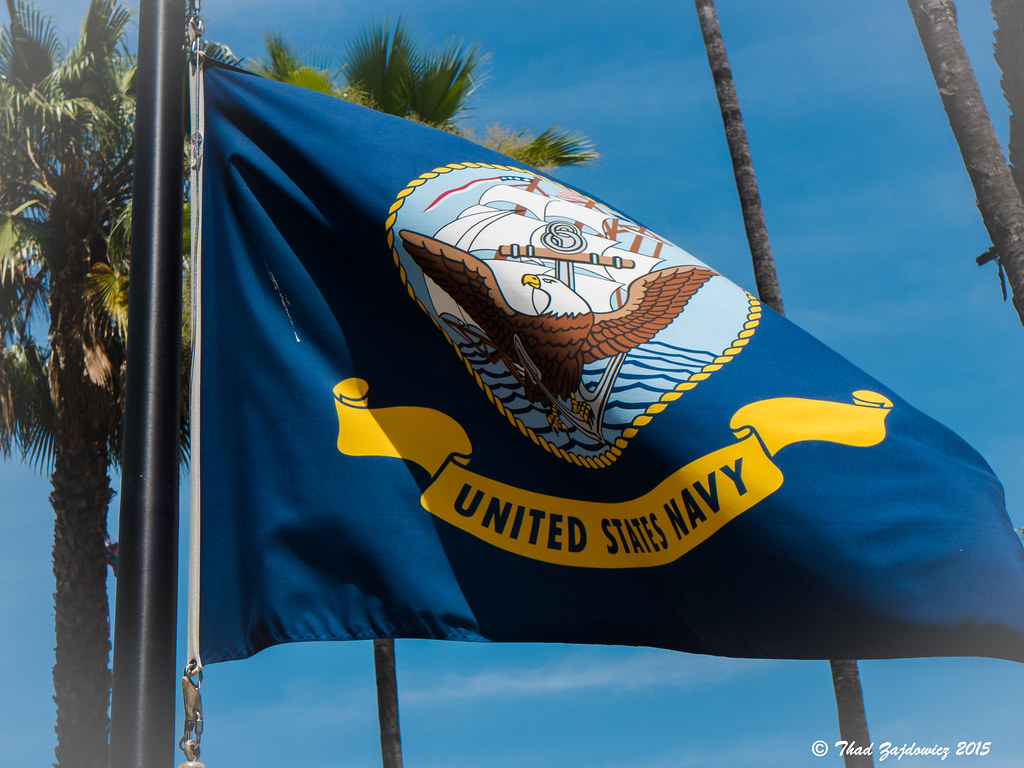
9. **Deconstructing the Organizational Structure: Command and Control**To truly appreciate the U.S. Navy’s operational prowess, one must first understand its robust organizational structure, a meticulously designed framework that ensures efficient command and control. At the top, the U.S. Navy falls under the administration of the Department of the Navy, which is led by the civilian Secretary of the Navy (SECNAV). This civilian oversight ensures accountability and alignment with broader national policy objectives, providing a critical layer of governance over military operations.
Reporting directly to the SECNAV is the Chief of Naval Operations (CNO), a four-star admiral who holds the esteemed position of the most senior Navy officer within the Department of the Navy. While the CNO is also a member of the Joint Chiefs of Staff (JCS), it’s important to note that the JCS primarily serves an advisory role to the President and does not nominally form part of the direct operational chain of command. This clear delineation ensures that the CNO can focus on Navy-specific responsibilities while also contributing to joint strategic planning.
Together, the Secretary of the Navy and the Chief of Naval Operations bear the immense responsibility for organizing, recruiting, training, and equipping the Navy. Their collective efforts ensure that the force is always combat-ready and optimally prepared for operations under the commanders of the unified combatant commands, which are responsible for military operations across specific geographic regions or functional areas. This structured approach, from civilian leadership down through the most senior uniformed officers, is the bedrock of the Navy’s operational effectiveness.
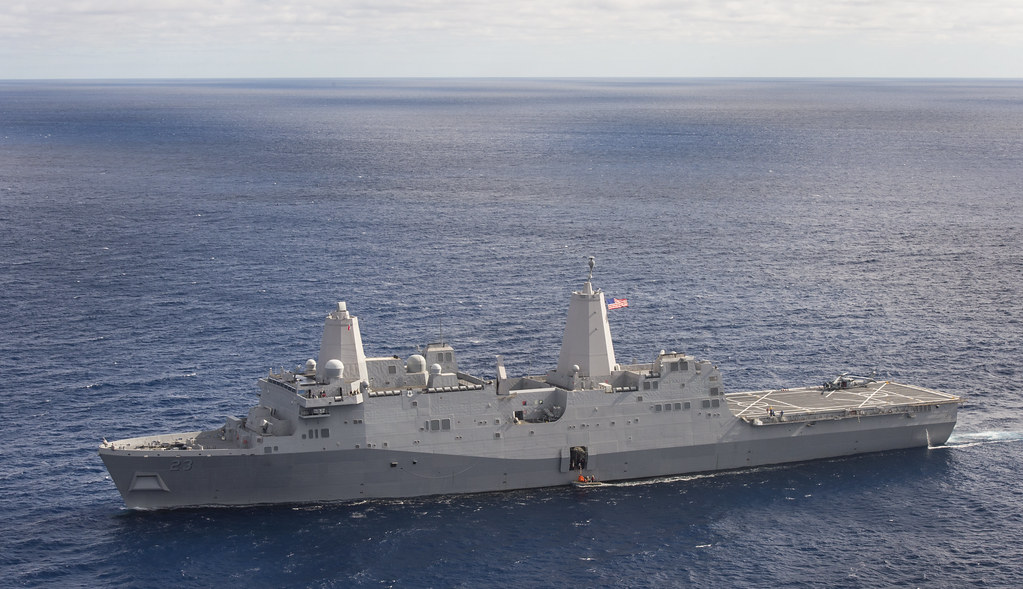
10. **The Operating Forces: Global Reach and Command**The U.S. Navy’s operating forces represent its formidable global footprint, comprising eight distinct components designed for specialized roles and rapid deployment. These include the United States Fleet Forces Command, the United States Pacific Fleet, the United States Naval Forces Central Command, the United States Naval Forces Europe, the Naval Network Warfare Command, the Navy Reserve, the United States Naval Special Warfare Command, and the Operational Test and Evaluation Force. Each component plays a vital role in ensuring the Navy’s ability to execute its mission across the full spectrum of naval operations.
The Fleet Forces Command, formerly known as the United States Atlantic Fleet, holds a particularly significant portfolio, controlling a range of unique capabilities. These include the Military Sealift Command, which ensures the strategic transport of military cargo; the Naval Expeditionary Combat Command, providing specialized forces for port security and coastal operations; and Naval Information Forces, which manage critical information warfare and cybersecurity assets. These specialized commands allow the Navy to address diverse threats and logistical challenges efficiently.
Supporting these commands are seven active numbered fleets: the Second, Third, Fourth, Fifth, Sixth, Seventh, and Tenth Fleets. Each of these fleets is commanded by either a vice admiral or a rear admiral and is strategically positioned across the globe. These numbered fleets are further grouped under four major commands: Fleet Forces Command (covering the former Atlantic Fleet area), Pacific Fleet, Naval Forces Europe-Africa, and Naval Forces Central Command, with the commander of the latter also doubling as Commander Fifth Fleet. The re-establishment of the Second Fleet in 2018 and the reactivation of the Fourth Fleet in 2008 for operations in Central and South America highlight the Navy’s dynamic adaptation to emerging global requirements.
Read more about: My Epic 1855-Mile Odyssey: Taming a 10×10 Military HEMTT on Civilian Roads
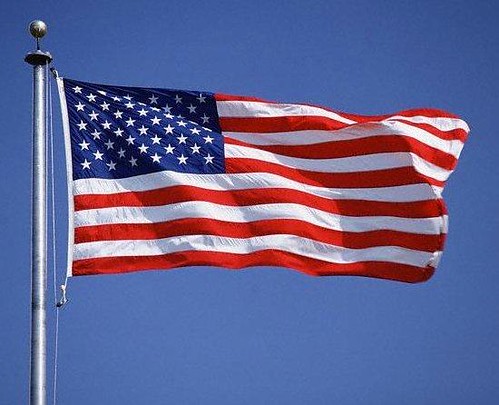
11. **Critical Shore Establishments: Supporting the Fleet**While the operating forces command the seas, the U.S. Navy’s extensive shore establishments provide the essential backbone, ensuring that the fleet receives unparalleled support on land. These facilities are critical for training, maintenance, logistics, research, and personnel welfare, all of which are indispensable for maintaining a combat-ready force. Without these land-based operations, the sophisticated machinery and human capital of the fleet simply could not function at peak efficiency.
The array of commands within the shore establishment is vast and diverse, ranging from educational and training centers to specialized engineering and medical bureaus. As of April 2011, these included the Naval Education and Training Command, the Navy Installations Command, the Naval Meteorology and Oceanography Command, and the Naval Information Warfare Systems Command. Further critical components are the Naval Facilities Engineering Command, Naval Supply Systems Command, Naval Air Systems Command, and Naval Sea Systems Command, which manage everything from infrastructure to acquisition.
Other vital commands include the Bureau of Medicine and Surgery, dedicated to the health and well-being of service members; the Bureau of Naval Personnel, overseeing human resources; and the Office of Naval Research, driving scientific and technological advancements. The Office of Naval Intelligence, the United States Naval Academy, the Naval Safety Command, the Naval Aviation Warfighting Development Center, and the United States Naval Observatory complete this extensive network. While the Office of the Chief of Naval Operations and the Chief of Naval Operations are officially listed as part of the shore establishment, they effectively coordinate and oversee all other organizations, signifying their paramount importance in the Navy’s hierarchical structure.

12. **The Enduring Bond: U.S. Navy and Marine Corps**The relationship between the U.S. Navy and the U.S. Marine Corps is a unique and deeply intertwined partnership, rooted in shared operational environments and a common mission. Since 1834, the Marine Corps has operated under the Department of the Navy, a testament to their complementary roles in seaborne operations. Despite this administrative linkage, it is crucial to recognize that the Marine Corps is a distinct, separate service branch, commanded by its own uniformed service chief, the Commandant of the Marine Corps, a four-star general.
This indispensable partnership sees the Navy providing crucial support services that enable the Marine Corps to focus on its combat mission. Navy officers and enlisted sailors fill essential medical roles, serving as dentists, doctors, nurses, and medical technicians known as corpsmen, directly attached to Marine units. Similarly, Navy chaplains provide religious support, ensuring the spiritual welfare of Marines. When these Navy personnel are deployed with Marine Corps units in operational environments, they typically adopt Marine camouflage uniforms, though they wear Navy dress uniforms otherwise, unless they choose to conform to Marine Corps grooming standards.
Operationally, the collaboration is seamless, especially given the Marine Corps’ specialization as an expeditionary force for amphibious operations. Marine units frequently embark on Navy ships, launching operations from beyond territorial waters. When deploying as part of a Marine Air-Ground Task Force (MAGTF), these units operate under the existing Marine chain of command. The coordination is akin to how a Commander of a Carrier Air Group/Wing (CAG) works with a carrier commanding officer, rather than directly for them, ensuring integrated yet distinct operational authority. Furthermore, some Marine aviation squadrons, particularly fixed-wing units assigned to carrier air wings, train and operate alongside Navy squadrons, flying similar missions and often sorties together, governed by standard procedures outlined in NATOPS manuals.
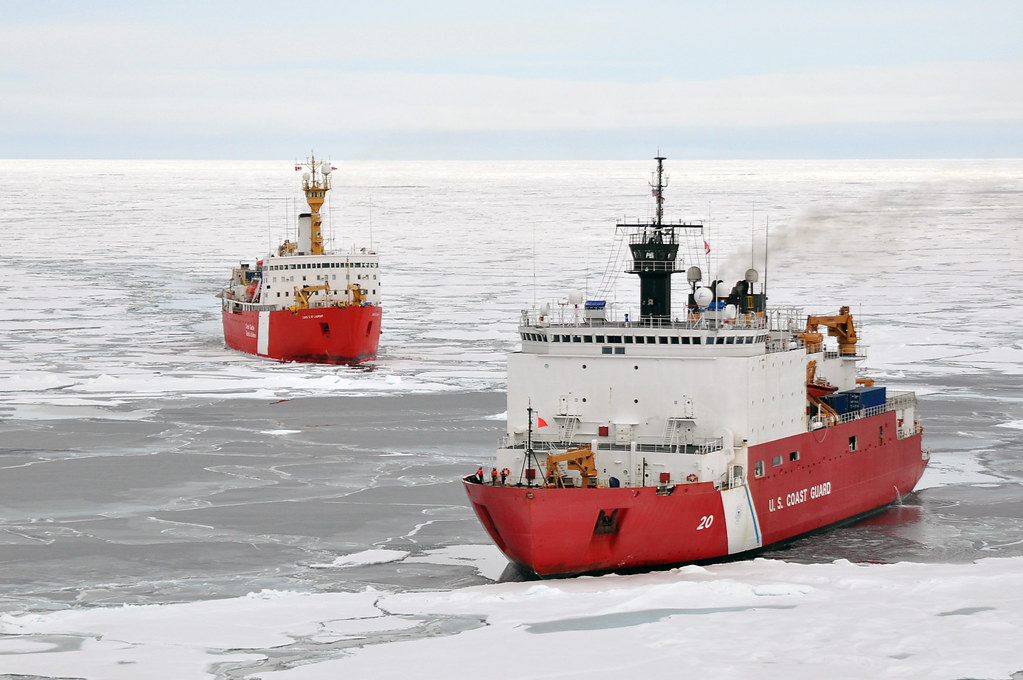
13. **Partnership at Sea: U.S. Navy and Coast Guard**Another vital partnership in safeguarding America’s maritime interests is that between the U.S. Navy and the U.S. Coast Guard. In its peacetime role, operating under the Department of Homeland Security, the Coast Guard fulfills critical law enforcement and rescue duties across the maritime environment. This includes providing specialized Law Enforcement Detachments (LEDETs) to Navy vessels, empowering them to perform arrests and other law enforcement functions during naval boarding and interdiction missions, particularly against illicit activities such as drug trafficking or piracy.
The relationship deepens significantly during times of conflict, as the Coast Guard may be called upon to operate as a service within the Navy. This seamless transition ensures that its unique capabilities, such as coastal patrol, port security, and icebreaking, can be fully integrated into broader naval operations. Furthermore, the Coast Guard deploys its Port Security Units overseas to protect the security of vital ports and other strategic assets, extending America’s maritime defense capabilities far beyond its own shores.
A testament to their close collaboration, the Coast Guard also jointly staffs the Navy’s naval coastal warfare groups and squadrons. These joint entities, formerly known as harbor defense commands until late-2004, are tasked with overseeing defense efforts in foreign littoral combat zones and inshore areas. This combined effort leverages the strengths of both services, enhancing overall maritime security and ensuring a robust defense against diverse threats in complex coastal environments.

14. **The Human Element: Personnel and Training**The sheer scale and capability of the U.S. Navy ultimately rest on its most critical asset: its personnel. With over 400,000 individuals, approximately a quarter of whom are in the ready reserve, the Navy comprises a vast and diverse force. The majority, over eighty percent, are enlisted sailors, forming the backbone of naval operations, while around fifteen percent are commissioned officers who provide leadership and specialized expertise. The remaining personnel consist of midshipmen from the United States Naval Academy and the Naval Reserve Officer Training Corps across more than 180 universities, as well as officer candidates at the Navy’s Officer Candidate School.
The journey for an enlisted sailor begins with rigorous basic military training at boot camp, where foundational skills, discipline, and naval ethos are instilled. Upon completion, these sailors transition to specialized training for their individual careers, learning the intricate details of their chosen ratings, from engineering to aviation, logistics to intelligence. This tiered approach ensures that every sailor is not only militarily proficient but also a highly skilled professional in their respective field, ready to contribute immediately to the fleet’s mission.
Career progression and mastery in the Navy are meticulously structured, with sailors proving their capabilities by completing Personnel Qualification Standards (PQS) tasks and examinations. This system ensures that individuals have thoroughly mastered the necessary skills and deserve increased responsibilities. Among the most significant achievements is the “warfare qualification,” which denotes a journeyman level of capability in specialized areas such as Surface Warfare, Aviation Warfare, Information Dominance Warfare, Naval Aircrew, Special Warfare, Seabee Warfare, Submarine Warfare, or Expeditionary Warfare. These qualifications are proudly displayed on a sailor’s uniform through distinct U.S. Navy badges and insignia, signifying their expertise and dedication.
Read more about: Totally Rad or Totally Retrograde? 15 Wild ’80s Moments That Were Basically Forgotten Comedy Gold
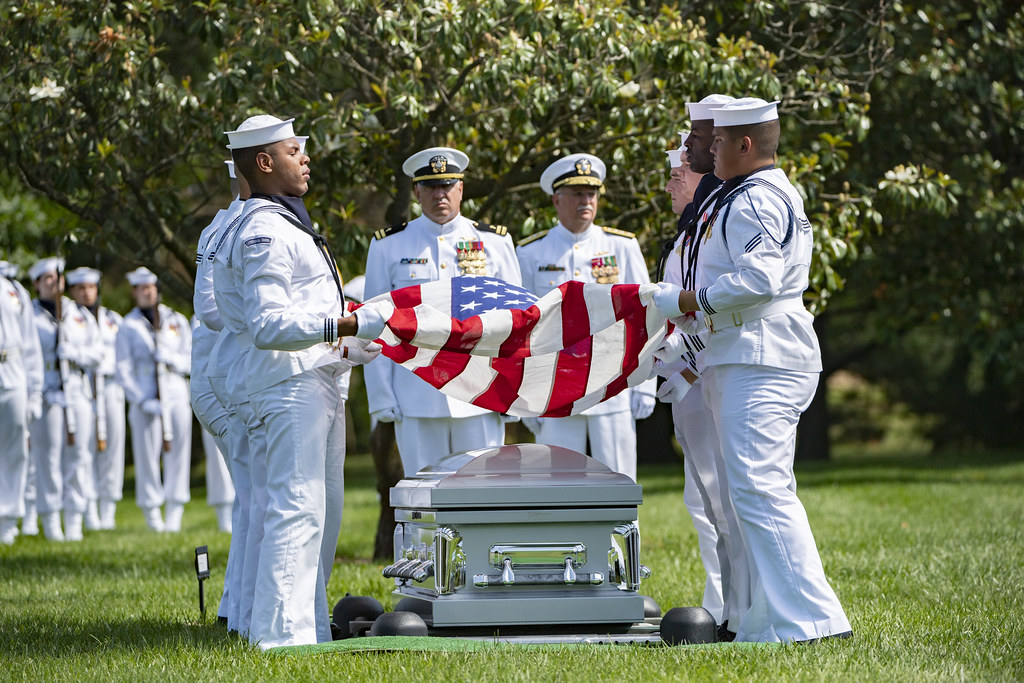
15. **Distinguishing Ranks: Officers and Enlisted**The visual representation of authority and role within the U.S. Navy is immediately recognizable through its uniform system, which has gradually evolved since the first regulations for officers were issued in 1802. Predominantly featuring navy blue and white, U.S. Navy uniforms have historically drawn inspiration from Royal Navy templates, reflecting a legacy of maritime tradition while incorporating modern adaptations. These uniforms, beyond mere attire, clearly distinguish roles and responsibilities, creating a cohesive and identifiable force.
Within the Navy’s hierarchy, personnel are primarily categorized into two broad groups: commissioned officers and enlisted sailors. Commissioned officers, who typically hold leadership and specialized roles, further differentiate themselves visually; line officers wear an embroidered gold star above their rank insignia on the naval service dress uniform. This star signifies their eligibility for command at sea or ashore, distinguishing them from staff corps officers who fulfill specific professional functions.
Staff corps officers and commissioned warrant officers, while also commissioned, wear unique designator insignias that clearly denote their occupational specialty. These specializations are critical for the Navy’s diverse operations and include vital fields such as the Medical Corps, Dental Corps, Nurse Corps, Medical Service Corps, Judge Advocate General’s Corps, and Chaplain Corps. This clear identification system ensures that the right expertise can be recognized and deployed where it’s most needed, from providing critical healthcare to offering legal counsel or spiritual guidance.
For enlisted sailors, while specific rank insignia (e.g., Petty Officer, Chief Petty Officer) denote their pay grade and responsibility, their progression is heavily tied to the mastery of their skills and earning warfare qualifications. This system ensures a meritocratic advancement based on practical competence and sustained performance. The entire rank and uniform system, from the ensign to the admiral, is designed to foster both individual accountability and collective cohesion, ensuring that every member understands their place and purpose in the larger mission of the United States Navy.
And there you have it – a comprehensive navigation through the intricate and powerful world of the U.S. Navy. From its ancient maritime roots to its modern strategic evolution, and from the complex layers of its command structure to the dedicated individuals who serve within it, we’ve unraveled the core components that make it the world’s foremost naval power. Understanding these facets isn’t just about appreciating a military force; it’s about recognizing a critical pillar of global stability and a testament to sustained national purpose. This institution is a living, breathing testament to continuous adaptation and unwavering commitment, poised to meet the challenges of tomorrow’s seas. With this knowledge, you’re not just informed, you’re empowered to grasp the immense scope of its influence.



